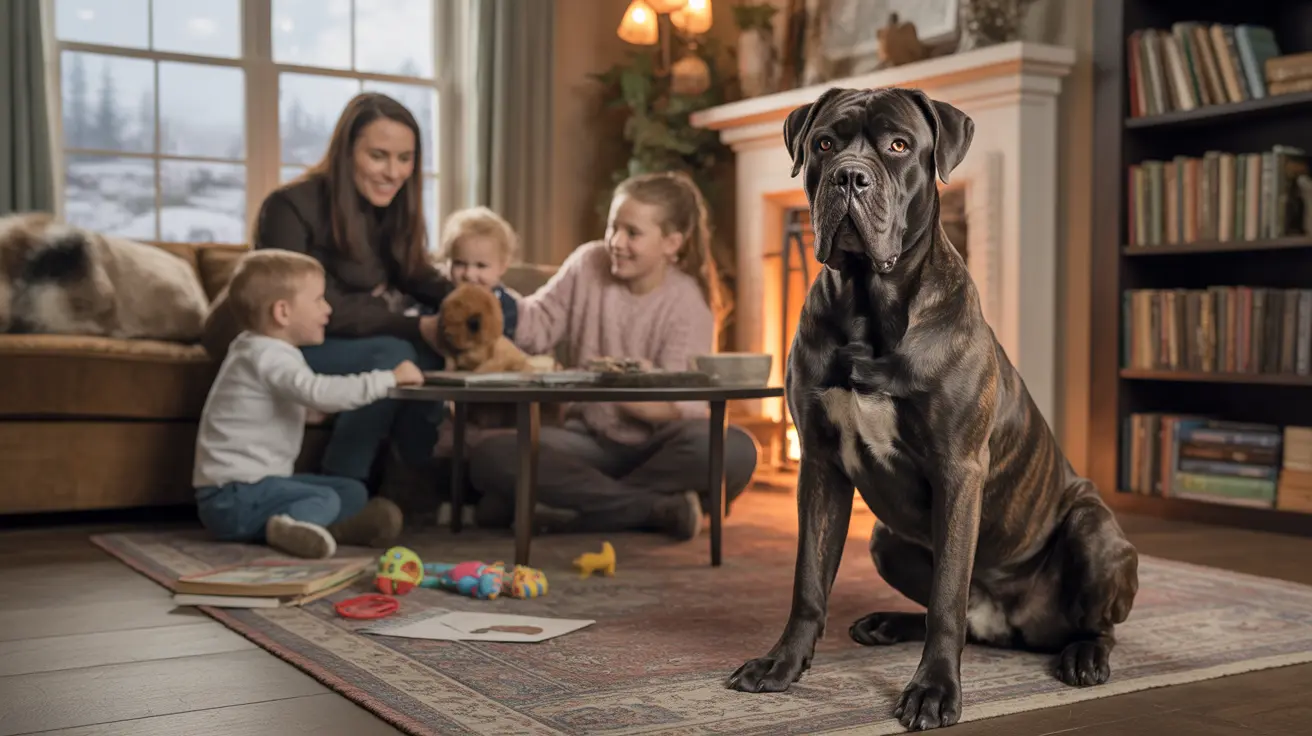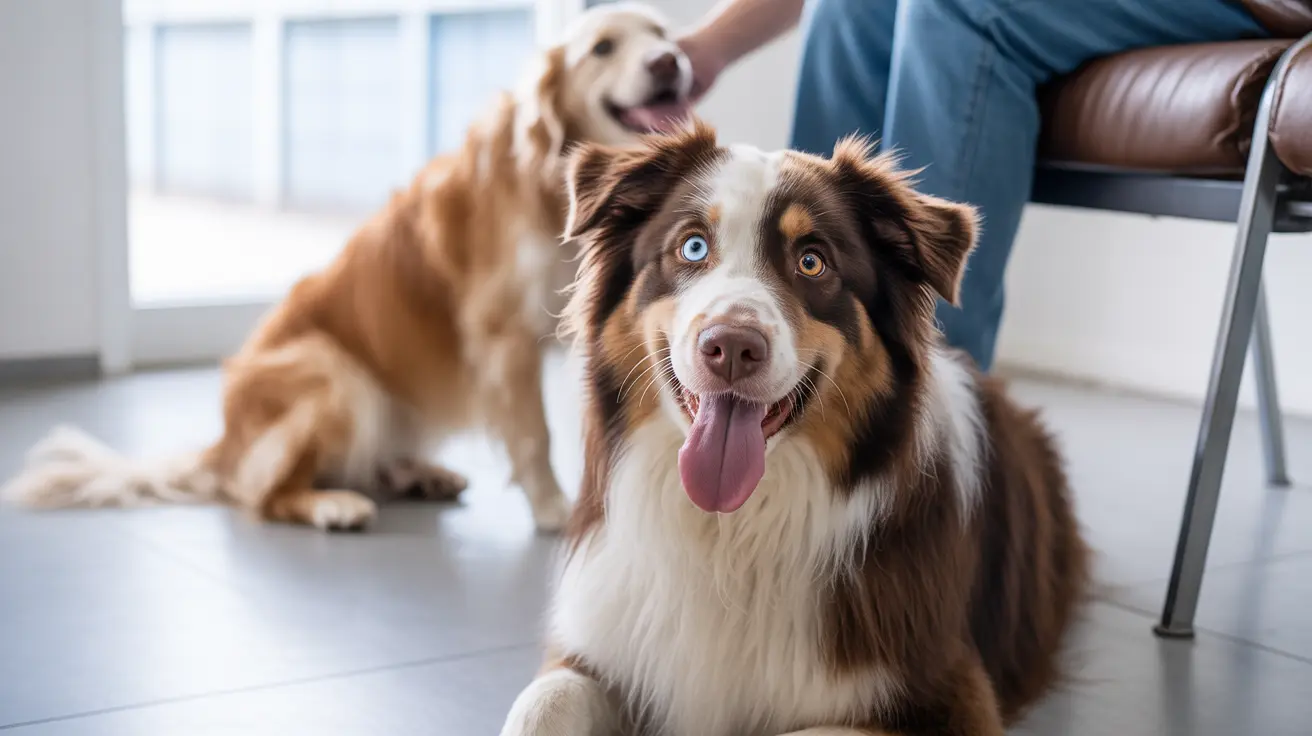What Happens If a Dog Eats a Small Piece of Garlic Bread?
Garlic bread may be a flavorful treat for humans, but it poses a number of health risks for dogs. While a single, small piece may not always cause significant harm, it's important to understand the potential dangers and why experts strongly advise against feeding garlic bread to canines.
Why Garlic is Harmful to Dogs
Garlic, along with onions, leeks, and chives—all members of the Allium family—contains compounds such as thiosulfate and n-propyldisulfide. These substances can lead to the destruction of red blood cells in dogs, a condition known as hemolytic anemia.
- Thiosulfate disrupts red blood cell function.
- N-propyldisulfide contributes to oxidative stress on blood cells.
Symptoms of anemia may include:
- Pale gums
- Weakness and lethargy
- Rapid breathing
- Jaundice
- Dark-colored urine
The Dangers of Garlic Bread
Garlic bread is not just harmful because of the garlic itself. It often contains high-fat and high-sodium ingredients that can further upset a dog’s digestive system or lead to more serious issues over time.
- Butter and oil contribute to fat intake, increasing the risk of pancreatitis.
- Salt can lead to excessive thirst, urination, or even sodium ion poisoning in large amounts.
- Cheese may cause issues, especially in lactose-intolerant dogs.
How Much Garlic is Toxic?
The toxicity of garlic is dose-dependent. According to studies, it takes approximately 15 to 30 grams of garlic per kilogram of body weight to trigger dangerous blood changes. A typical clove of garlic weighs about 3 to 7 grams, so it takes a significant amount to cause acute toxicity—but even smaller amounts can add up or affect sensitive dogs.
Which Dogs Are More at Risk?
- Puppies
- Pregnant or nursing dogs
- Dogs with pre-existing health issues
- Japanese breeds such as Akitas and Shiba Inus
These groups should never be exposed to garlic or garlic-containing foods due to increased sensitivity.
What to Do If Your Dog Eats Garlic Bread
In most cases, a small piece of garlic bread might not produce immediate symptoms. However, it’s crucial to monitor your dog and consult a veterinarian if necessary. Symptoms could take several days to manifest, complicating early detection.
Common signs of garlic toxicity include:
- Vomiting and diarrhea
- Abdominal pain
- Drooling and panting
- Loss of appetite
- Dehydration
- Increased heart rate
Treatment and Veterinary Care
If a vet confirms garlic ingestion, treatment may include:
- Inducing vomiting
- Administering activated charcoal
- Running blood and urine tests
- Intravenous fluids
- Medication to manage symptoms
- Blood transfusion or oxygen therapy in severe cases
Avoid Anecdotal Advice
Some sources online tout garlic as a natural supplement for dogs. While garlic contains vitamins and minerals such as zinc, selenium, and calcium, these claims are largely anecdotal and unproven. The potential benefits do not outweigh the risks. Veterinarians agree that safer, well-researched alternatives exist for supplementation and parasite control.
Preventive Measures
- Keep all garlic-containing foods out of reach
- Educate household members about the risks
- Do not feed table scraps that could contain garlic or related seasonings
- Rely on vet-approved, nutritionally balanced dog food
Conclusion
While a small piece of garlic bread might not be fatal, it’s never truly safe to feed dogs food containing garlic. The toxic compounds in garlic can cause serious health issues, particularly with repeated exposure. If your dog accidentally consumes garlic bread, it’s essential to remain vigilant and contact a veterinarian. Using properly formulated dog food and supplements recommended by professionals is the best way to ensure your pet’s health and longevity.





